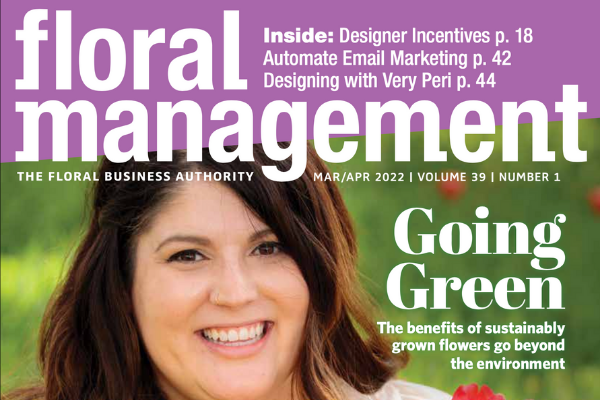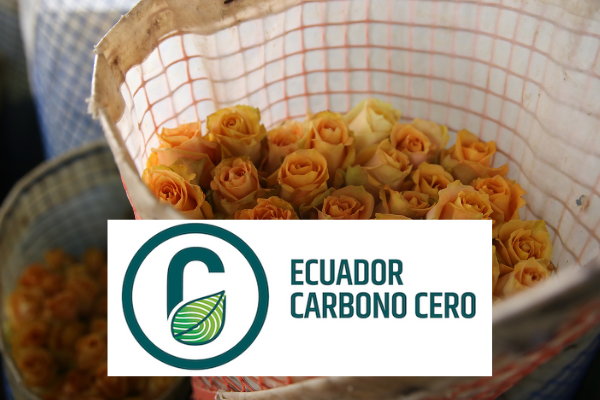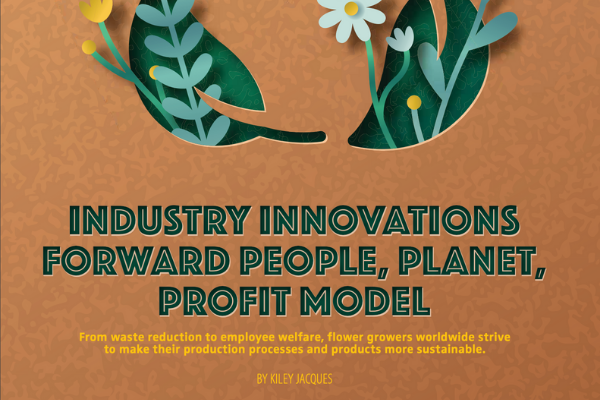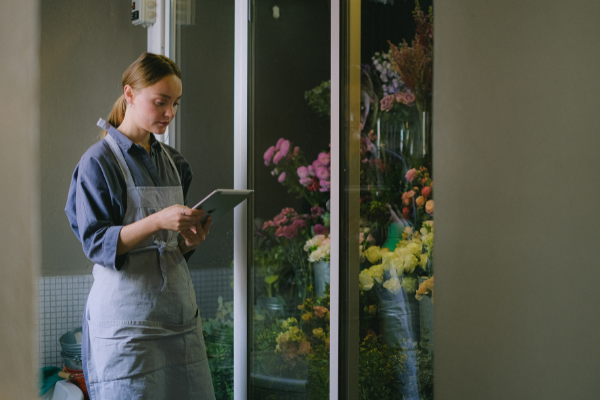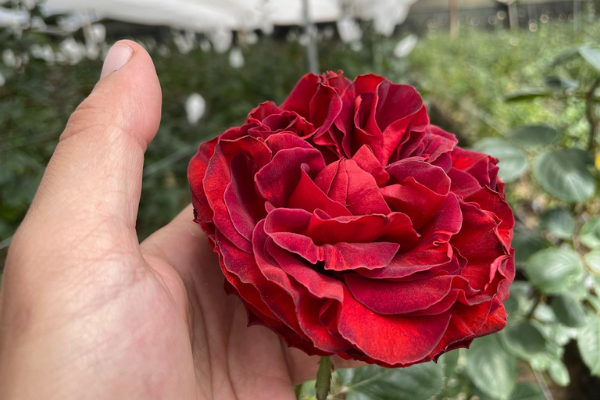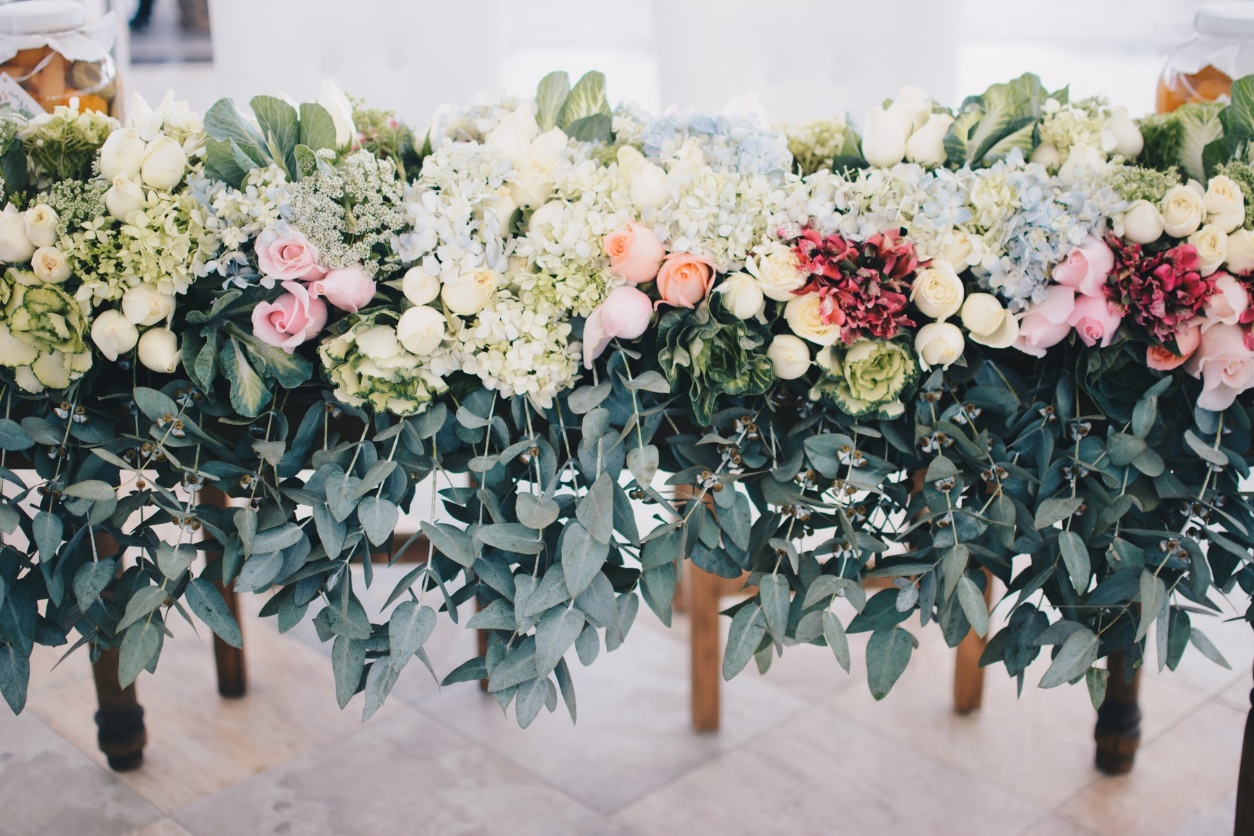3 years, 1 month ago
Read the original article here
SOURCING SUSTAINABLY GROWN FLOWERS
No question about it: For a retail florist, sourcing sustainably grown flowers is a challenge — and one that adds a level of complexity to the business. But several organizations and companies are trying to change that.
The Floriculture Sustainability Initiative, an international nonprofit organization, is leading the way to set standards to compare a dozen green certifications. Their efforts will help florists and consumers alike make sense of the many green certifications and labels on flower sleeves. Meanwhile, a few companies are connecting florists with environmentally conscious growers to expose them first-hand to the practices that FSI and others promote, and to close the gap on sourcing.
Many Labels, One Vision
For anyone concerned about measuring, tracking, and promoting sustainability in the fresh-flower supply chain, green certification programs are an essential tool.
At least a dozen “green labels” are in use by flower buyers and sellers around the world. Some are based in a country of origin; others cover flowers along with other agricultural products. Some are widely known and accepted on the producer end of the supply chain, but not well recognized by retailers and consumers.
With their differing strengths and priorities, each of the major certification programs has something valuable to contribute. For buyers, however, the labels can seem to compete.
To address this problem an international nonprofit, the Floriculture Sustainability Initiative (FSI), is working to create a shared vision for sustainability.
FSI was established in 2013 by
18 stakeholders in the floriculture sector. Today, there are 75 stakehold- ers representing interests all along
the supply chain, including several well-known green labels, along with major U.S.-based companies such as Ball Horticultural Company, Metrolina Greenhouses, and Smithers-Oasis. FSI’s ambitious goal is to have 90 percent of all flowers and plants responsibly produced and traded by the year 2025.
The idea was never that FSI would itself become a label or certification, but that it would define a “basket” of standards — standards that provide benchmarks. The idea is that growers will be able to achieve certifications with fewer expensive audits since the same third-party auditors can verify compliance with the standards for multiple certification schemes.
“At the time we started, the sector was really not good at defining sustainability — especially not in a way that can be applied globally,” says Jeroen Oudheusden, execu- tive officer for FSI. Reaching sustainability goals would require not only clear definitions but also data to support them and data transparency all along the chain.
That is happening, says Oudheusden. “Standards owners have become more open with their data sharing,” he says. “Traceability has increased. The whole supply chain has become more transparent. As a result, the standards have gone up.” FSI leads
a global effort to help the green labels become more proactive, cooperative, and data-driven, without sacrificing the strength that derives from their diversity.
Meanwhile, tools for comparing different labels are also available to environmentally concerned consumers, who can search the internet and find guides such as Greenerchoices.org (an initiative from Consumer Reports).
Connecting Florists with Growers
As sustainability gains an ever-higher profile as something consumers value, new opportunities to connect florists with quality-conscious, sustainability-oriented growers are on the rise. “We are optimistic that the floral trade shows in Ecuador will go forward in the fall,” says FloraLink’s Evan Mickelsen, “and we are hoping to take a group down to visit growers.” FloraLink is a program that facilitates direct buying from flower farms in South and Central America for wholesale and retail florists.
Meanwhile, FloraLink is organizing its own show and convention, planned for June near its home office in Utah, where members will be able to meet with as many as 40 growers. A similar service, Tradewinds International — which in the past has likewise sponsored farm tours for wholesalers and retailers in conjunction with the major trade fairs in Colombia and Ecuador — has a conference in March, near San Diego, where buyers can connect directly with growers.
Fresh-o-Fair is an online platform that offers flower buyers a connection to more than 20 farms in Latin America; the platform works exclusively with sustainable and socially conscious producers. It got a boost in December with a new partnership between Fresh-o-Fair, floral marketing advisor New Bloom Solutions, and market facilitator Above All Flowers.
“Most of our farms have certifications, like Rainforest Alliance or Fairtrade, and some even have three or four certifications,” says Claudia Muñoz, who handles design and marketing for Fresh-o-Fair. “We do also work with some smaller farms that don’t yet have the certifications, but they are doing the work — they have amazing projects going, social and environmental — and we want to help them.”
Buyers can use a filter on the Fresh-o-Fair website that allows them to purchase only from farms with certifications, or with a particular certification. Eventually, Muñoz and her father and brother — Fresh-o-Fair is a family business — also plan to organize trips for florists and floral creatives who want to visit the farms, so they can see and understand what sustainability means, on the ground, and go home and share those stories with their customers.
Bruce Wright is a contributing writer to Floral Management.
